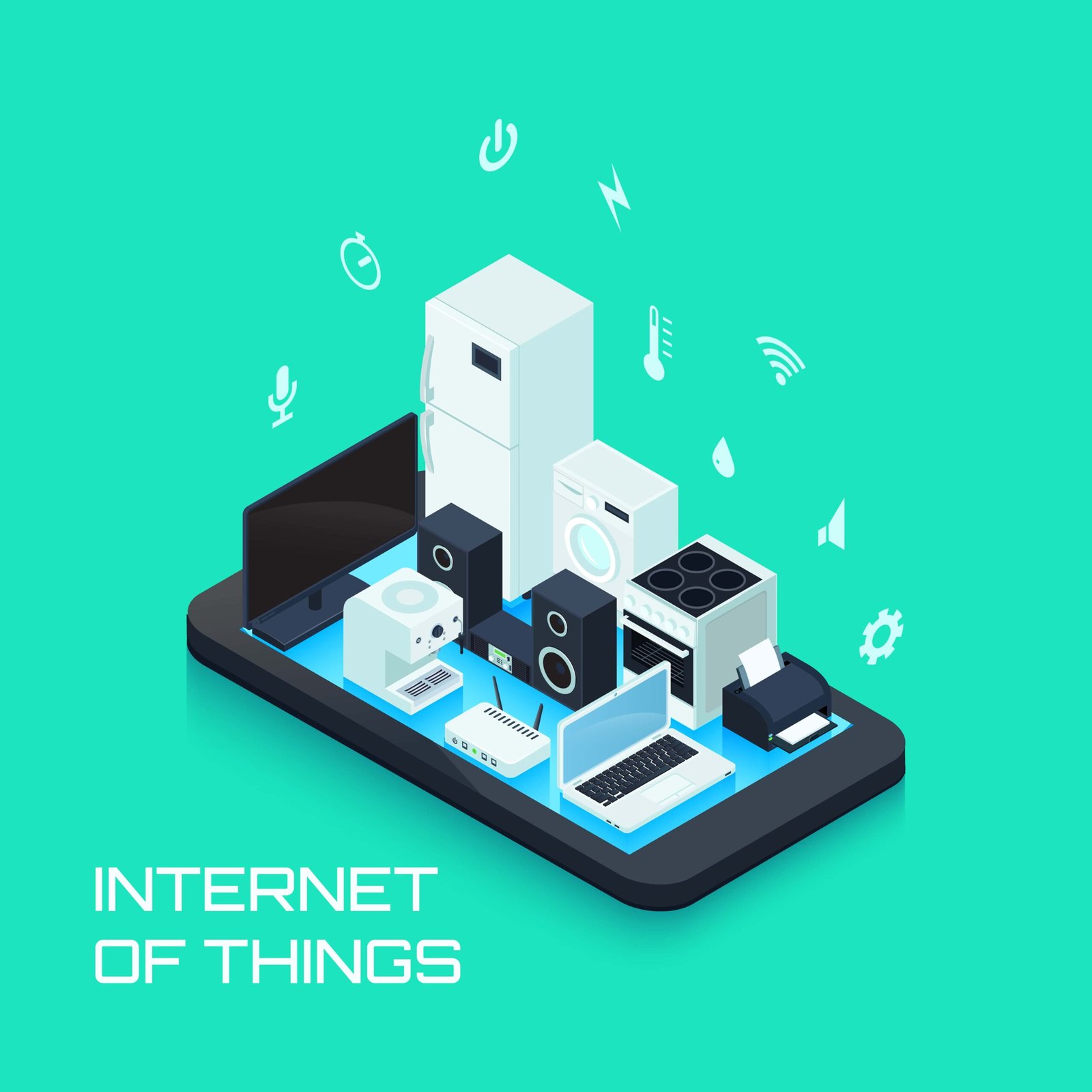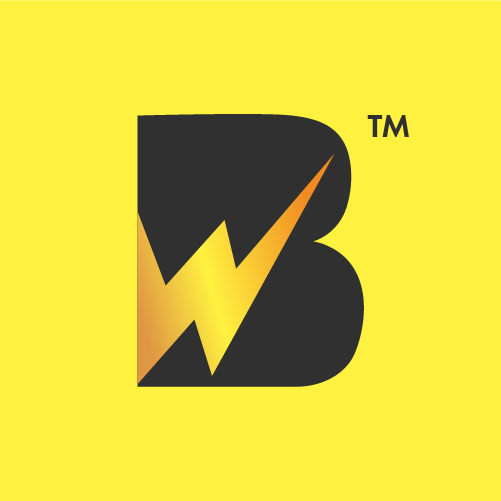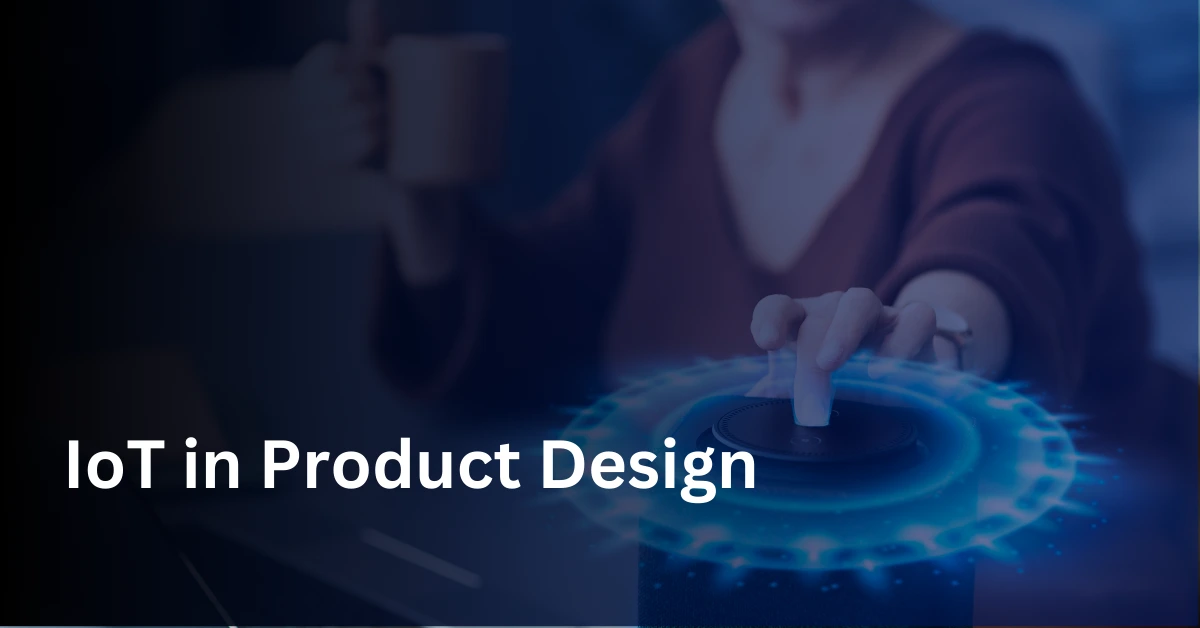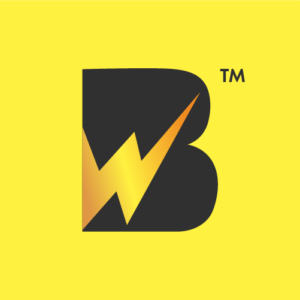The Growing Influence of IoT in Product Design

As we step into 2024, the role of IoT in product design continues to grow exponentially. In simple terms, IoT refers to a network of interconnected devices that communicate and share data. However, its impact goes beyond just connectivity. By incorporating IoT into products, companies can gather real-time data, enhance user experience, and even streamline operations.
For instance, IoT enables designers to create products that automatically adjust to user preferences or provide predictive maintenance alerts. This not only adds value to the product but also improves customer satisfaction and reduces downtime. Furthermore, IoT-driven designs have already made waves in industries like healthcare, manufacturing, and smart home technologies.
One of the key ways IoT is changing product design is through data collection and analysis. By gathering real-time data on how users interact with products, companies can make informed design decisions that directly cater to user needs. This data-driven approach allows for greater personalization and creates products that deliver more value.
For example, consider smart home devices like thermostats or security systems. These IoT-enabled products can learn user habits and adjust settings automatically, providing a seamless and customized experience. As a result, product design becomes less about aesthetics and more about creating functionality that aligns with the user’s lifestyle.
2. Increased Efficiency in Design and Development
In addition to enhancing user experience, IoT is streamlining the design and development process. With IoT technology, product designers can receive real-time performance feedback during the prototyping phase. This means they can identify and address potential issues before mass production, saving both time and costs.
Moreover, it allows for remote monitoring and updates. For instance, a connected car or appliance can receive software upgrades over the air (OTA), reducing the need for costly recalls or manual updates. This kind of post-launch connectivity is transforming how companies approach product lifecycle management.
3. Smart Products with Predictive Maintenance
Another trend shaping product design is the integration of predictive maintenance capabilities. IoT-enabled products can monitor themselves for signs of wear and tear, allowing companies to predict when a part will fail or when maintenance is needed. This proactive approach minimizes downtime and ensures products are always functioning optimally.
A prime example is in the industrial sector, where IoT sensors monitor machinery to predict malfunctions before they occur. By incorporating this technology into product design, companies can offer more reliable, durable products, increasing overall customer satisfaction and loyalty.
4. Customization and Personalization
Thanks to IoT, product customization is becoming more attainable than ever before. Designers can now create products that adjust in real time to meet the specific needs of individual users. Whether it’s a fitness tracker that adapts to your daily routine or a smart refrigerator that recommends recipes based on what’s inside, IoT enables hyper-personalized experiences.
This level of customization not only makes products more user-friendly but also enhances their perceived value. According to McKinsey, companies that prioritize personalization and IoT-driven innovation see significantly higher customer retention rates.
The Role of AI
IoT’s potential to revolutionize product design offers numerous benefits for businesses:
- Competitive Advantage: Companies that adopt IoT technology in their designs can offer more innovative and personalized products, giving them a competitive edge in the marketplace.
- Cost Savings: Real-time data collection and predictive maintenance reduce costly repairs and product recalls.
- Enhanced Customer Experience: IoT-driven designs allow companies to create products that adapt to user needs, improving overall satisfaction and loyalty.
- Scalability: IoT enables businesses to scale their product offerings efficiently by gathering data and improving designs based on user feedback.
Why IoT Matters for Businesses

IoT’s potential to revolutionize product design offers numerous benefits for businesses:
- Competitive Advantage: Companies that adopt IoT technology in their designs can offer more innovative and personalized products, giving them a competitive edge in the marketplace.
- Cost Savings: Real-time data collection and predictive maintenance reduce costly repairs and product recalls.
- Enhanced Customer Experience: IoT-driven designs allow companies to create products that adapt to user needs, improving overall satisfaction and loyalty.
- Scalability: IoT enables businesses to scale their product offerings efficiently by gathering data and improving designs based on user feedback.
Challenges of IoT in Product Design
Additionally, the complexity of IoT technology can make it difficult for designers to balance functionality with usability. Ensuring that products remain intuitive and user-friendly, despite their advanced features, will be a key challenge for designers moving forward.
Conclusion
Want to learn more about how IoT can enhance your product design? Check out our insights on IoT and emerging technologies. It’s time to take your designs to the next level!



